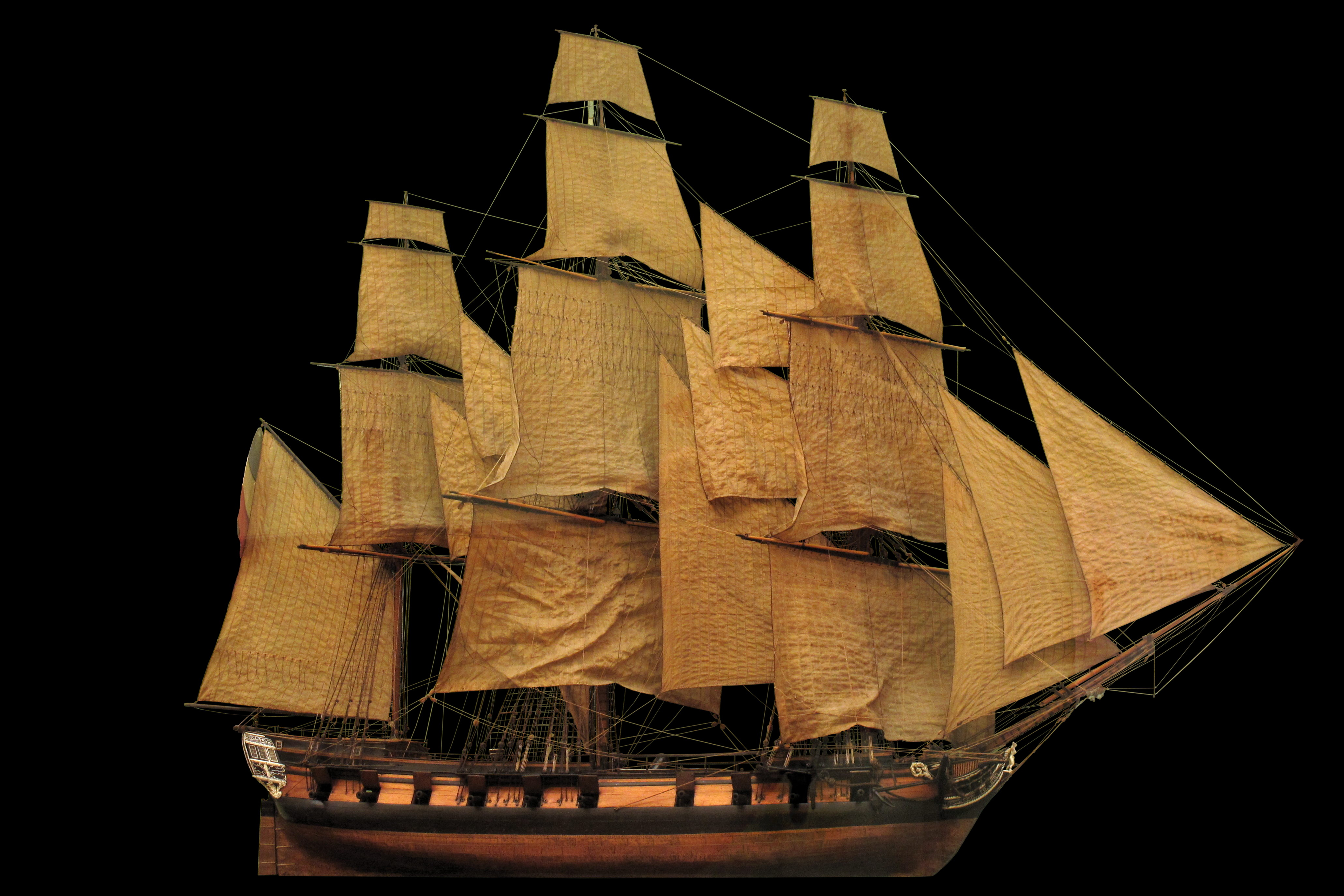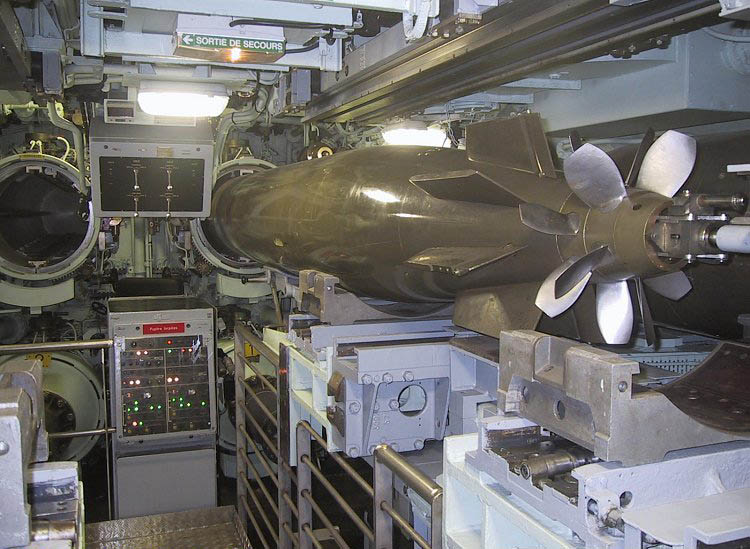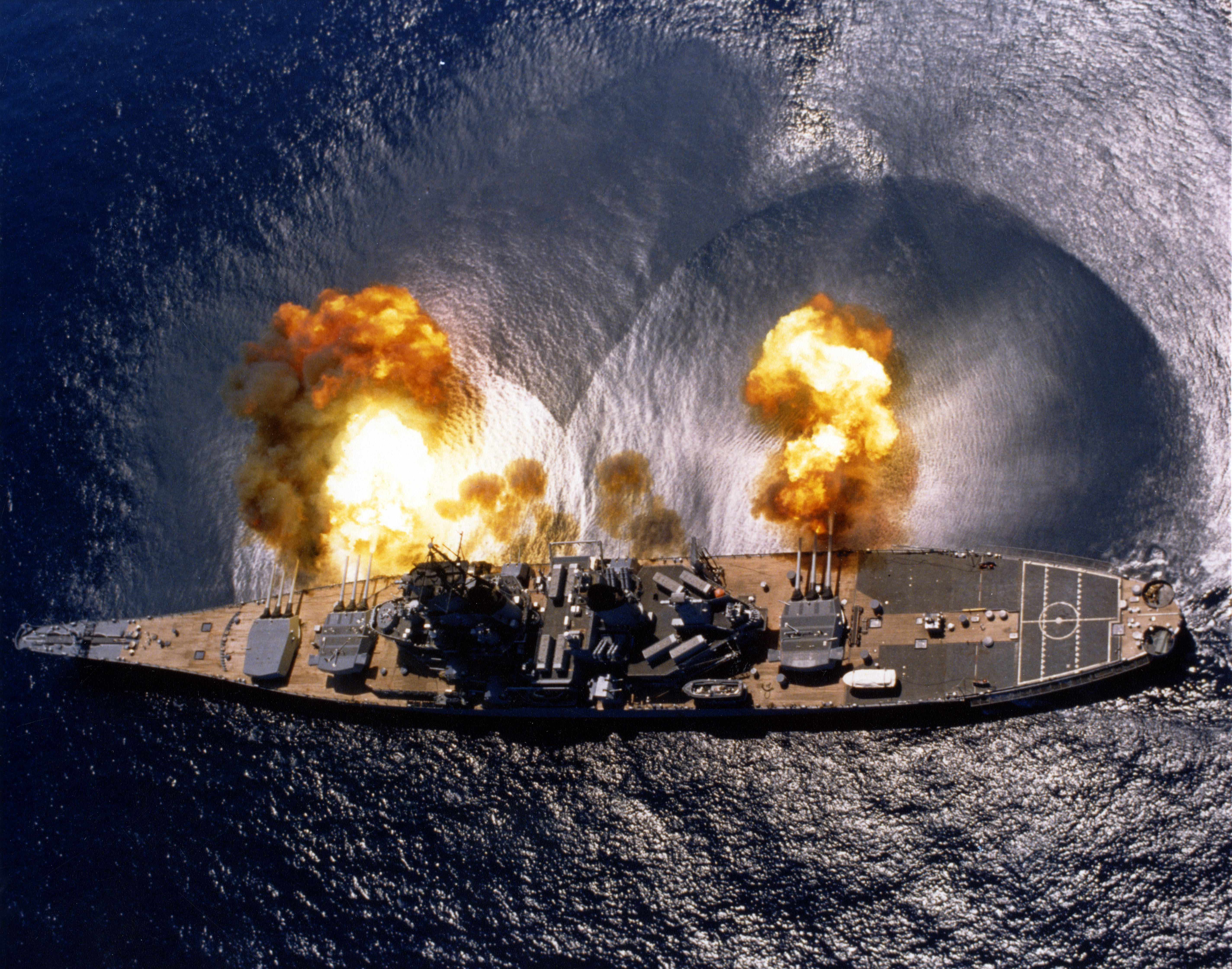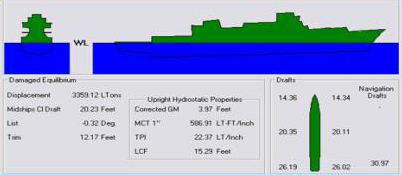|
Rear-Admiral Eustațiu Sebastian-class Corvette
The ''Rear-Admiral Eustațiu Sebastian''-class corvette (also known as the Tetal-II or Modified Tetal class by NATO) is a series of two corvettes used by the Romanian Naval Forces for Black Sea duty. They have a displacement of 1,385 tonnes, a helicopter aft, and as main armament a 76 mm gun, torpedo tubes and anti-submarine warfare rocket launchers. These ships are updated versions of the ''Admiral Petre Bărbuneanu'' (Tetal-I)-class corvette. Ships * ''Contraamiral Eustațiu Sebastian'' (Cvt 264) Launched 1988 – In service since 1989 * ''Contraamiral Horia Macellariu'' (Cvt 265) – Launched 1994 – In service since 1996 Two other ships were laid down, but never finished. They are now awaiting disposal in Mangalia military harbor. See also *Romanian Naval Forces The Romanian Naval Forces () is the principal naval branch of the Romanian Armed Forces and operates in the Black Sea and on the Danube. It traces its history back to 1860. History The Romanian Nav ... [...More Info...] [...Related Items...] OR: [Wikipedia] [Google] [Baidu] |
Admiral Petre Bărbuneanu-class Corvette
The ''Admiral Petre Bărbuneanu''-class corvette (also known as the Tetal-I class by NATO) is a series of four corvettes designed and constructed for the Romanian Naval Forces primarily for anti-submarine warfare. Only two corvettes out of a total of the four are still in service. Designed and constructed in the 1980s, they are a product of the Cold War with their armament and sensors based on Soviet designs. This class of corvettes was superseded by the ''Rear-Admiral Eustațiu Sebastian'' (Tetal-II) class. Design and description The ''Admiral Petre Bărbuneanu'' class was based on the Soviet Navy's but designed in Romania to a smaller size, though retaining their anti-submarine warfare (ASW) role. They incorporated Soviet weapons and sensors into their design. Vessels of the class have a full load displacement of and measure long with a beam of and a draught of . The ships are powered by four diesel engines driving four shafts creating . This gives the corvettes a maximum ... [...More Info...] [...Related Items...] OR: [Wikipedia] [Google] [Baidu] |
Corvette
A corvette is a small warship. It is traditionally the smallest class of vessel considered to be a proper (or " rated") warship. The warship class above the corvette is that of the frigate, while the class below was historically that of the sloop-of-war. The modern roles that a corvette fulfills include coastal patrol craft, missile boat and fast attack craft. These corvettes are typically between 500 and 2,000 tons. Recent designs of corvettes may approach 3,000 tons and include a hangar to accommodate a helicopter, having size and capabilities that overlap with smaller frigates. However unlike contemporary frigates, a modern corvette does not have sufficient endurance or seaworthiness for long voyages. The word "corvette" is first found in Middle French, a diminutive of the Dutch word ''corf'', meaning a "basket", from the Latin ''corbis''. The rank " corvette captain", equivalent in many navies to " lieutenant commander", derives from the name of this type of ship. The ... [...More Info...] [...Related Items...] OR: [Wikipedia] [Google] [Baidu] |
Anti-submarine Warfare
Anti-submarine warfare (ASW, or in the older form A/S) is a branch of underwater warfare that uses surface warships, aircraft, submarines, or other platforms, to find, track, and deter, damage, or destroy enemy submarines. Such operations are typically carried out to protect friendly shipping and coastal facilities from submarine attacks and to overcome blockades. Successful ASW operations typically involve a combination of sensor and weapon technologies, along with effective deployment strategies and sufficiently trained personnel. Typically, sophisticated sonar equipment is used for first detecting, then classifying, locating, and tracking a target submarine. Sensors are therefore a key element of ASW. Common weapons for attacking submarines include torpedoes and naval mines, which can both be launched from an array of air, surface, and underwater platforms. ASW capabilities are often considered of significant strategic importance, particularly following provocative instanc ... [...More Info...] [...Related Items...] OR: [Wikipedia] [Google] [Baidu] |
Torpedo Tube
A torpedo tube is a cylindrical device for launching torpedoes. There are two main types of torpedo tube: underwater tubes fitted to submarines and some surface ships, and deck-mounted units (also referred to as torpedo launchers) installed aboard surface vessels. Deck-mounted torpedo launchers are usually designed for a specific type of torpedo, while submarine torpedo tubes are general-purpose launchers, and are often also capable of deploying naval mine, mines and cruise missiles. Most modern launchers are standardized on a diameter for light torpedoes (deck mounted aboard ship) or a diameter for heavy torpedoes (underwater tubes), although Torpedo#Classes and diameters, torpedoes of other classes and diameters have been used. Submarine torpedo tube A submarine torpedo tube is a more complex mechanism than a torpedo tube on a surface ship, because the tube has to accomplish the function of moving the torpedo from the normal atmospheric pressure within the submarine into the ... [...More Info...] [...Related Items...] OR: [Wikipedia] [Google] [Baidu] |
Naval Artillery
Naval artillery is artillery mounted on a warship, originally used only for naval warfare and then subsequently used for more specialized roles in surface warfare such as naval gunfire support (NGFS) and anti-aircraft warfare (AAW) engagements. The term generally refers to powder-launched projectile-firing weapons and excludes self-propelled projectiles such as torpedoes, rockets, and missiles and those simply dropped overboard such as depth charges and naval mines. Origins The idea of ship-borne artillery dates back to the classical era. Julius Caesar wrote about the Roman navy's usage of ship-borne catapults against Celtic Britons ashore in his ''Commentarii de Bello Gallico''. The dromons of the Byzantine Empire carried catapults and Greek fire. From the Middle Ages onwards, warships began to carry cannons of various calibres. In the Battle of Tangdao in 1161, the Southern Song general Li Bao used huopao (a type of gunpowder weapons, possibly cannons) and fire arro ... [...More Info...] [...Related Items...] OR: [Wikipedia] [Google] [Baidu] |
Helicopter
A helicopter is a type of rotorcraft in which Lift (force), lift and thrust are supplied by horizontally spinning Helicopter rotor, rotors. This allows the helicopter to VTOL, take off and land vertically, to hover (helicopter), hover, and to fly forward, backward and laterally. These attributes allow helicopters to be used in congested or isolated areas where fixed-wing aircraft and many forms of short take-off and landing (STOL) or short take-off and vertical landing (STOVL) aircraft cannot perform without a runway. The Focke-Wulf Fw 61 was the first successful, practical, and fully controllable helicopter in 1936, while in 1942, the Sikorsky R-4 became the first helicopter to reach full-scale mass production, production. Starting in 1939 and through 1943, Igor Sikorsky worked on the development of the Vought-Sikorsky VS-300, VS-300, which over four iterations, became the basis for modern helicopters with a single main rotor and a single tail rotor. Although most earlier ... [...More Info...] [...Related Items...] OR: [Wikipedia] [Google] [Baidu] |
Displacement (ship)
The displacement or displacement tonnage of a ship is its weight. As the term indicates, it is measured indirectly, using Archimedes' principle, by first calculating the volume of water displaced by the ship, then converting that value into weight. Traditionally, various measurement rules have been in use, giving various measures in long tons. Today, tonnes are more commonly used. Ship displacement varies by a vessel's degree of load, from its empty weight as designed (known as "lightweight tonnage") to its maximum load. Numerous specific terms are used to describe varying levels of load and trim, detailed below. Ship displacement should not be confused with measurements of volume or capacity typically used for commercial vessels and measured by tonnage: net tonnage and gross tonnage. Calculation The process of determining a vessel's displacement begins with measuring its draft.George, 2005. p. 5. This is accomplished by means of its "draft marks". A merchant vessel has t ... [...More Info...] [...Related Items...] OR: [Wikipedia] [Google] [Baidu] |
Black Sea
The Black Sea is a marginal sea, marginal Mediterranean sea (oceanography), mediterranean sea lying between Europe and Asia, east of the Balkans, south of the East European Plain, west of the Caucasus, and north of Anatolia. It is bounded by Bulgaria, Georgia (country), Georgia, Romania, Russia, Turkey, and Ukraine. The Black Sea is Inflow (hydrology), supplied by major rivers, principally the Danube, Dnieper and Dniester. Consequently, while six countries have a coastline on the sea, its drainage basin includes parts of 24 countries in Europe. The Black Sea, not including the Sea of Azov, covers , has a maximum depth of , and a volume of . Most of its coasts ascend rapidly. These rises are the Pontic Mountains to the south, bar the southwest-facing peninsulas, the Caucasus Mountains to the east, and the Crimean Mountains to the mid-north. In the west, the coast is generally small floodplains below foothills such as the Strandzha; Cape Emine, a dwindling of the east end ... [...More Info...] [...Related Items...] OR: [Wikipedia] [Google] [Baidu] |
Romanian Naval Forces
The Romanian Naval Forces () is the principal naval branch of the Romanian Armed Forces and operates in the Black Sea and on the Danube. It traces its history back to 1860. History The Romanian Navy was founded in 1860 as a river flotilla on the Danube. After the unification of Wallachia and Moldavia, Alexandru Ioan Cuza, the ruling Domnitor of the United Principalities, Romanian Principalities, decided on 22 October 1860 by order no. 173 to unify the navies into a single flotilla, the Romanian Danube Flotilla, Danube Flotilla Corps. The navy was French-trained and organized.Axworthy, p. 327 Officers were initially sent to Brest Naval Training Centre in France, as the Military School in Bucharest did not have a naval section. The first Commander-in-chief of the navy was Colonel :ro:Nicolae Steriade, Nicolae Steriade. The base was first established in 1861 at Izmail, but it was later relocated in 1864 to Brăila and in 1867 to Galați. The equipment was modest at best, with 3 sh ... [...More Info...] [...Related Items...] OR: [Wikipedia] [Google] [Baidu] |
Anti-submarine Warfare
Anti-submarine warfare (ASW, or in the older form A/S) is a branch of underwater warfare that uses surface warships, aircraft, submarines, or other platforms, to find, track, and deter, damage, or destroy enemy submarines. Such operations are typically carried out to protect friendly shipping and coastal facilities from submarine attacks and to overcome blockades. Successful ASW operations typically involve a combination of sensor and weapon technologies, along with effective deployment strategies and sufficiently trained personnel. Typically, sophisticated sonar equipment is used for first detecting, then classifying, locating, and tracking a target submarine. Sensors are therefore a key element of ASW. Common weapons for attacking submarines include torpedoes and naval mines, which can both be launched from an array of air, surface, and underwater platforms. ASW capabilities are often considered of significant strategic importance, particularly following provocative instanc ... [...More Info...] [...Related Items...] OR: [Wikipedia] [Google] [Baidu] |
Corvette
A corvette is a small warship. It is traditionally the smallest class of vessel considered to be a proper (or " rated") warship. The warship class above the corvette is that of the frigate, while the class below was historically that of the sloop-of-war. The modern roles that a corvette fulfills include coastal patrol craft, missile boat and fast attack craft. These corvettes are typically between 500 and 2,000 tons. Recent designs of corvettes may approach 3,000 tons and include a hangar to accommodate a helicopter, having size and capabilities that overlap with smaller frigates. However unlike contemporary frigates, a modern corvette does not have sufficient endurance or seaworthiness for long voyages. The word "corvette" is first found in Middle French, a diminutive of the Dutch word ''corf'', meaning a "basket", from the Latin ''corbis''. The rank " corvette captain", equivalent in many navies to " lieutenant commander", derives from the name of this type of ship. The ... [...More Info...] [...Related Items...] OR: [Wikipedia] [Google] [Baidu] |
RBU-6000
The RBU-6000 Smerch-2 (Реактивно-Бомбовая Установка, ''Reaktivno-Bombovaja Ustanovka''; rocket-bomb installation & Смерч; waterspout) is a 213 mm caliber Soviet anti-submarine rocket launcher. The system entered service in 1960–1961 and is fitted to a wide range of Russian surface vessels. It consists of a horseshoe-shaped arrangement of twelve launch barrels, that are remotely directed by the Burya fire control system (that can also control the shorter-ranged RBU-1000). It fires RGB-60 rockets, which carry unguided depth charges. The rockets are normally fired in salvos of 1, 2, 4, 8 or 12 rounds. Reloading is automatic, with individual rounds being fed into the launcher by the 60UP loading system from a below-deck magazine. Typical magazine capacity is either 72 or 96 rounds per launcher. It can also be used for shore bombardment. The system is an upgrade of the RBU-6000 system, firing the 90R rocket, which releases a 90SG depth charge t ... [...More Info...] [...Related Items...] OR: [Wikipedia] [Google] [Baidu] |









